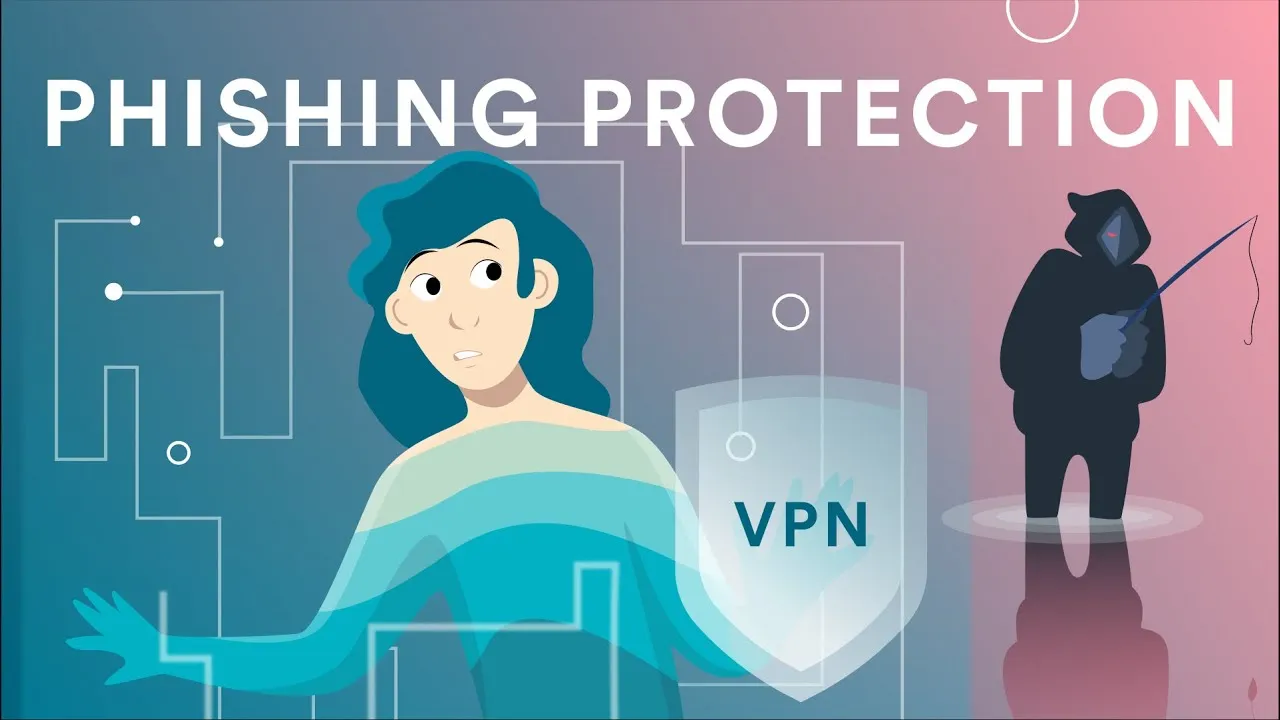Phishing attacks continue to pose a grave danger to individuals and organisations worldwide. These malicious schemes are designed to trick victims into revealing personal or financial information by masquerading as trustworthy entities. With the rise of digital communication, phishing has become more sophisticated, making it harder to detect.
Understanding how to identify and prevent such attacks is crucial for maintaining digital security. Many fall prey to phishing because the attackers exploit human psychology, relying on fear, urgency, or curiosity. Educating oneself about common signs can help reduce the chances of becoming a victim.

Fake emails and messages often disguise themselves as trusted sources (Photo: Shutterstock)
How Phishing Attacks Are Carried Out
Phishing typically involves sending deceptive messages through email, social media, text messages, or instant messaging platforms. These messages often appear to come from legitimate organisations such as banks, government agencies, or well-known companies.
The content of these messages aims to create a sense of urgency, prompting recipients to act quickly without much thought. They might warn about account suspension, unusual activity, or demand immediate verification of personal information.
Sometimes, phishing links lead to fake websites that look almost identical to genuine ones, tricking users into entering sensitive data such as passwords or credit card numbers. Other times, attachments within these messages carry malicious software that can infect devices once opened.
Common Signs That Indicate a Phishing Attempt
Several clues can reveal the true nature of phishing messages if one pays close attention. One indicator is poor grammar and spelling errors within the message. Reputable organisations usually take care to maintain professionalism in their communication.
Another warning sign is an email address or URL that seems unusual or does not match the official domain of the supposed sender. Additionally, unexpected messages requesting personal information or urging you to click on suspicious links should be treated with caution. Phishing emails often use generic greetings such as “Dear Customer” instead of addressing the recipient by name.
The presence of threats or extreme pressure to act immediately can also be a red flag. Verifying the authenticity of any suspicious message by contacting the organisation directly through official channels is a wise practice.
Techniques Used to Make Phishing Attacks Convincing
Attackers frequently use social engineering tactics to increase their chances of success. They study their targets carefully and may gather details from social media profiles to personalise the messages. This approach makes the deception more believable, as the communication appears tailored and relevant.
Some phishing campaigns use official logos, colours, and formatting to mimic real emails or websites convincingly. Another method involves creating fake websites with URLs closely resembling legitimate ones, differing only slightly by using alternate letters or domain extensions.
These tricks can fool even cautious individuals if they do not examine the details carefully. However, attackers may send multiple messages or use follow-up emails to pressure victims or build trust gradually over time.
Ways to Protect Yourself from Phishing Attacks
One of the most effective ways to guard against phishing is maintaining a healthy scepticism towards unsolicited communications. Never click on links or download attachments from unknown or unexpected sources.
Always check the sender’s email address carefully and be wary of messages asking for sensitive information. Using multifactor authentication on important accounts adds an extra layer of security by requiring additional verification beyond just a password.
Regularly updating software and security systems can also help prevent malware infections associated with phishing. Employing strong and unique passwords for different accounts limits the damage if one password is compromised. Many organisations provide security awareness training to their employees to help them spot phishing attempts early, which can reduce risk.
What To Do If You Suspect a Phishing Attempt
If you receive a message that raises suspicion, avoid interacting with it immediately. Do not click any links or download attachments. Instead, try to verify its legitimacy by contacting the organisation through trusted contact details found on official websites.

Clicking on phishing links can lead to dangerous fake websites (Photo: Alamy)
Report the suspicious message to your email provider or the relevant authorities, as this can help protect others from falling victim. If you accidentally reveal personal information or believe your account has been compromised, change your passwords promptly and monitor financial statements for unauthorized activity.
It may also be necessary to run a security scan on your device to detect and remove malware. Prompt action is essential to limit any potential harm caused by phishing.
Emerging Trends in Phishing Attacks
Phishing schemes continue to develop as attackers adapt to new technology and security measures. Spear phishing, a more targeted form of attack, focuses on specific individuals or organisations using information gathered to craft highly convincing messages.
Business Email Compromise (BEC) scams trick employees into transferring money or sensitive data by impersonating executives or trusted partners. With the growth of mobile devices and messaging apps, phishing campaigns now often exploit these platforms, making it critical to remain vigilant across all communication channels.
Additionally, some attackers use artificial intelligence to personalise attacks at scale, increasing their effectiveness. Staying informed about current tactics can help users stay one step ahead.
Protecting oneself against phishing requires continuous awareness and cautious behaviour. Recognising common signs, verifying the source of suspicious messages, and implementing strong security practices can greatly reduce the risk of falling victim.
The responsibility lies with each individual and organisation to remain alert and educated about the threats posed by phishing. As technology advances, staying updated on the latest scams and preventative measures becomes even more important.
Through a combination of knowledge, vigilance, and appropriate tools, it is possible to defend against these deceptive attacks and safeguard personal and professional information.
























